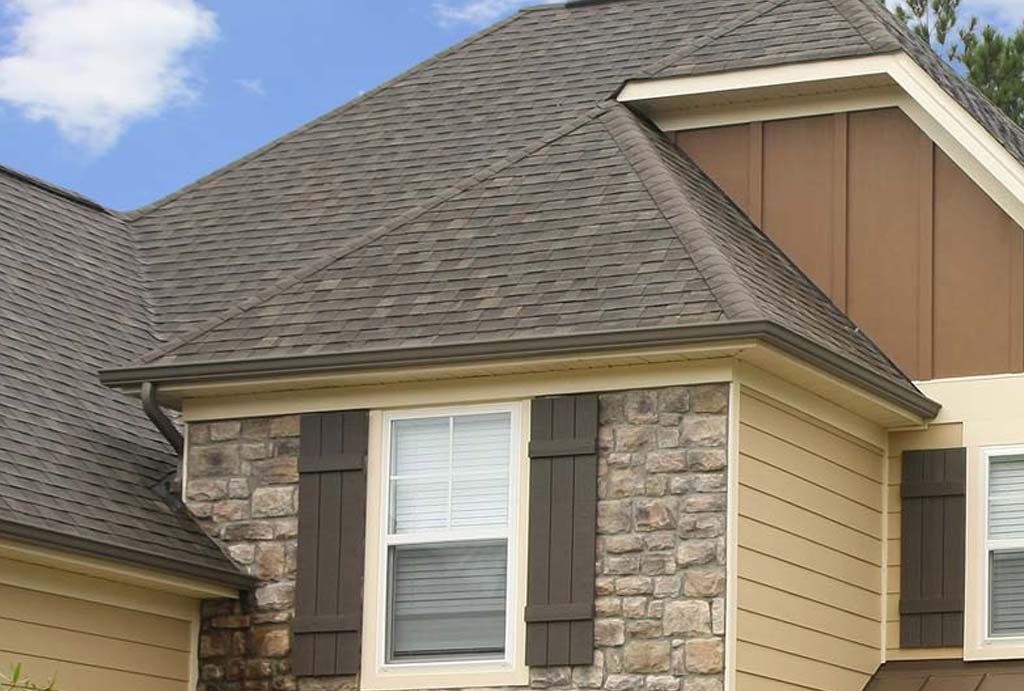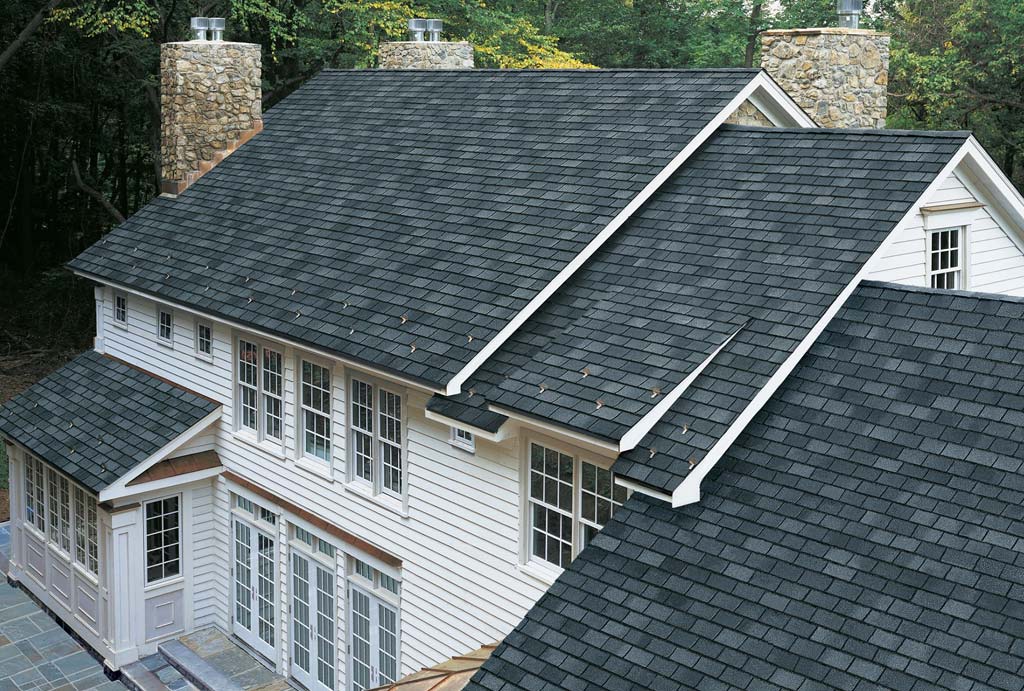STAY DRY ROOFING
Ridge Vents And Roof Ventilation Are Among Our Specialties
Proper roof ventilation may not be the first thing you think of when having a new roof installed. That’s understandable. After all, properly installed ridge vents and roof ventilation is nearly invisible to the casual observer. But that also means that -as with the quality of attic insulation– if your roof ventilating systems are improperly done, you may never realize the impact that roof ventilation has on your comfort and your utility bills.
Roof ventilation is a “passive system,” meaning there is no engine –like a fan or a blower- creating the movement of air through the venting. In the case of asphalt shingling, the ridge vents at the peak of your roof are generally covered by a layer of shingles. This venting allows the hot air inside your attic to rise naturally to the peak and be released to the outside.
During summer, a well ventilated roof permits hot attic air to escape, which reduces demand on air conditioning systems. But good roof and attic ventilation not only helps in lowering your heating and cooling bills, it adds life to your roof’s shingling. During the winter months, this same ventilation partners with proper attic insulation and keeps the roof’s surface cold. This helps prevent the damaging cycle of snow melting then refreezing on the roof, which can cause ice dams to accumulate along the eaves.
Trust the Stay Dry experts
The Three Basic Types Of Passive Roof Ventilation System
- Ridge Vents. These vents are set into the roof’s peak, and are among the most effective “passive” roof ventilation systems. They are built along the continuous space on each side of the ridge cap. Hot air accumulating in the attic will rise and flow outside through ridge venting. Ridge vents are nearly invisible to the casual observer. As the warmer air flows out, fresher outside air is pulled into the attic via soffit vents.
- Soffit Vents. A soffit is the covering under the eaves of your roof. When you use this covering as a vent, it works in concert with ridge vents to create a passive ventilation system that keeps your attic from building up too much hot air. It is the combination of ridge vents and soffit vents that helps lower your summer cooling bill and aids in preventing the damaging cycle of snow melt-and-refreeze on the roof during winter, which can cause ice dams to accumulate along the eaves.
- Gable Vents. Gable venting is an older system, but can still be found on many homes. Gable vents are the louvered venting you see on the sides of a house just below the roof peak. It’s generally not recommended that gable vents be used in conjunction with ridge vents, as gable vents may interrupt the air flow between ridge and soffit vents.
We at Stay Dry Roofing are experts in installing and repairing ridge vents and all other types of roof ventilation. Regardless of which ventilation system you have, Stay Dry Roofing is happy to help you decide on the best system for your home. Stay Dry knows very well the demands that our Indiana weather makes on the roof tops of Greater Indianapolis and the surrounding communities. Whether ridge, gable or soffit, Stay Dry installs them all. Each are installable in existing roofs or when it’s time to have your roof replaced.



